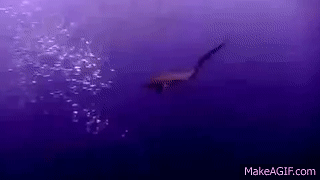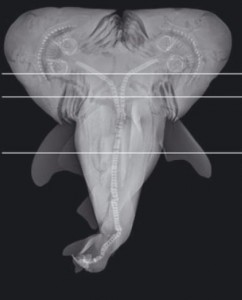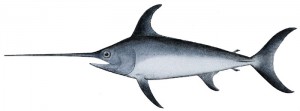Cuttings (short and sweet):
- How thresher sharks use their tails, from this paper by Oliver and friends.

- Follow Brit Finucci @BritFinucci on twitter! Follow her for awesome photos of her research with deep sea sharks.
- I love this commerical and I’m pretty sure that you will too.
Read More “Thursday Afternoon Dredging: December 15th, 2016” »




